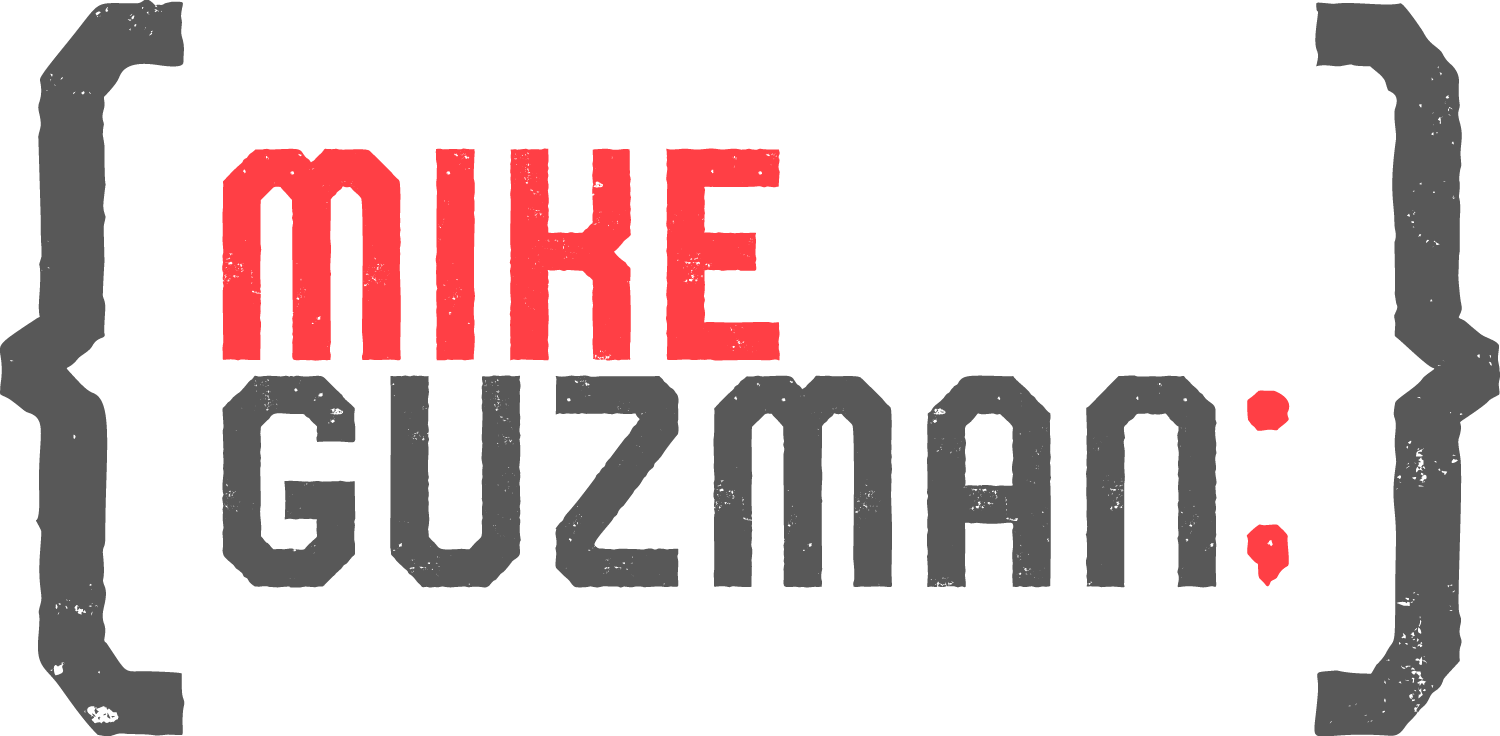Overview

Repository Pattern Implementation
- Repositories are classes or components that encapsulate the logic required to access data sources.
- They centralize common data access functionality, providing better maintainability and decoupling the infrastructure or technology used to access databases from the domain model layer.
- If you use an Object-Relational Mapper (ORM) like Entity Framework, the code that must be implemented is simplified, thanks to LINQ and strong typing. This lets you focus on the data persistence logic rather than on data access plumbing.
The Repository pattern is a well-documented way of working with a data source. In the book Patterns of Enterprise Application Architecture, Martin Fowler describes a repository as follows:
A repository performs the tasks of an intermediary between the domain model layers and data mapping, acting in a similar way to a set of domain objects in memory. Client objects declaratively build queries and send them to the repositories for answers. Conceptually, a repository encapsulates a set of objects stored in the database and operations that can be performed on them, providing a way that is closer to the persistence layer. Repositories, also, support the purpose of separating, clearly and in one direction, the dependency between the work domain and the data allocation or mapping.
